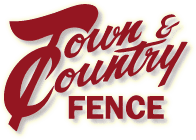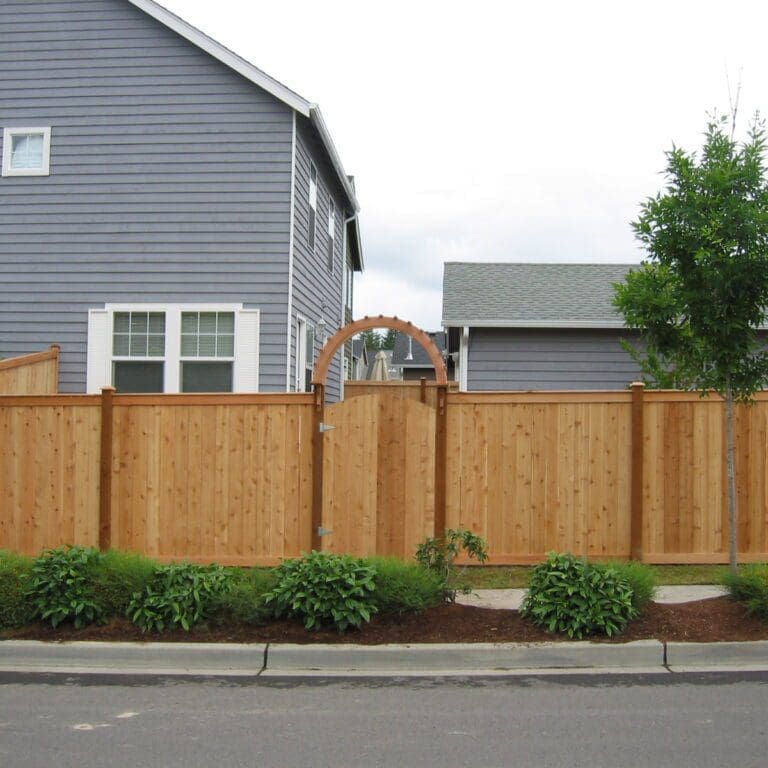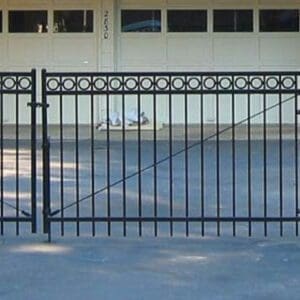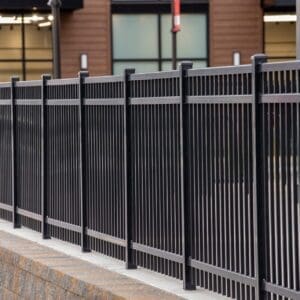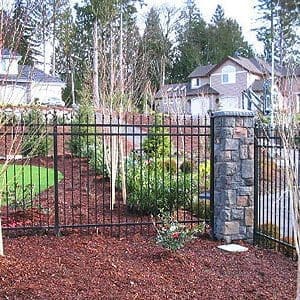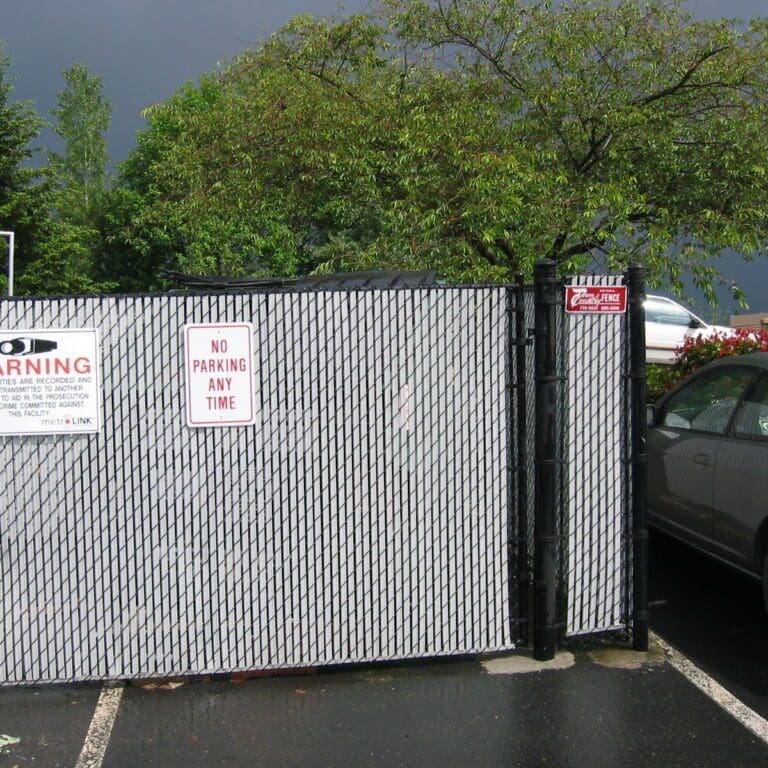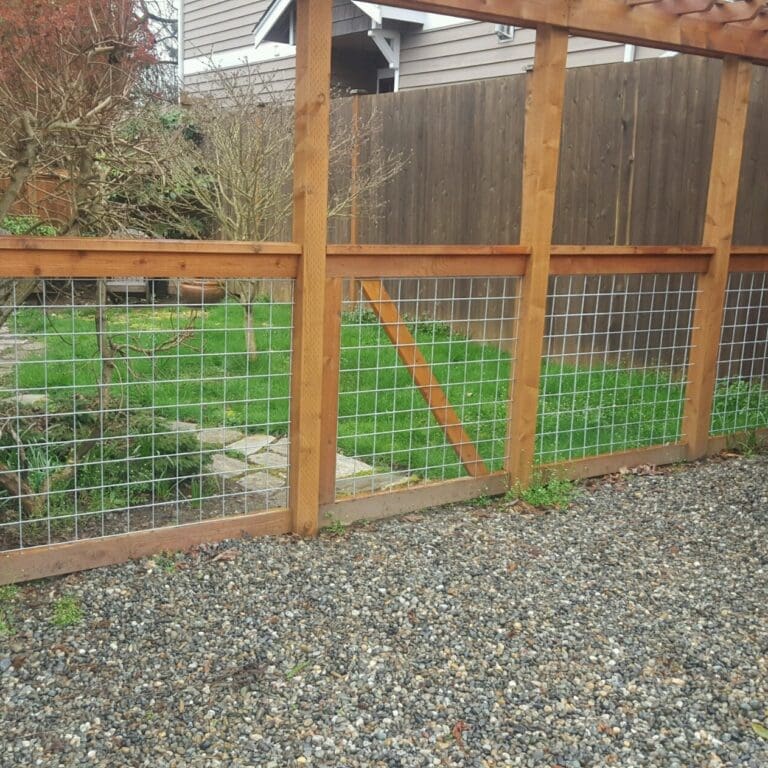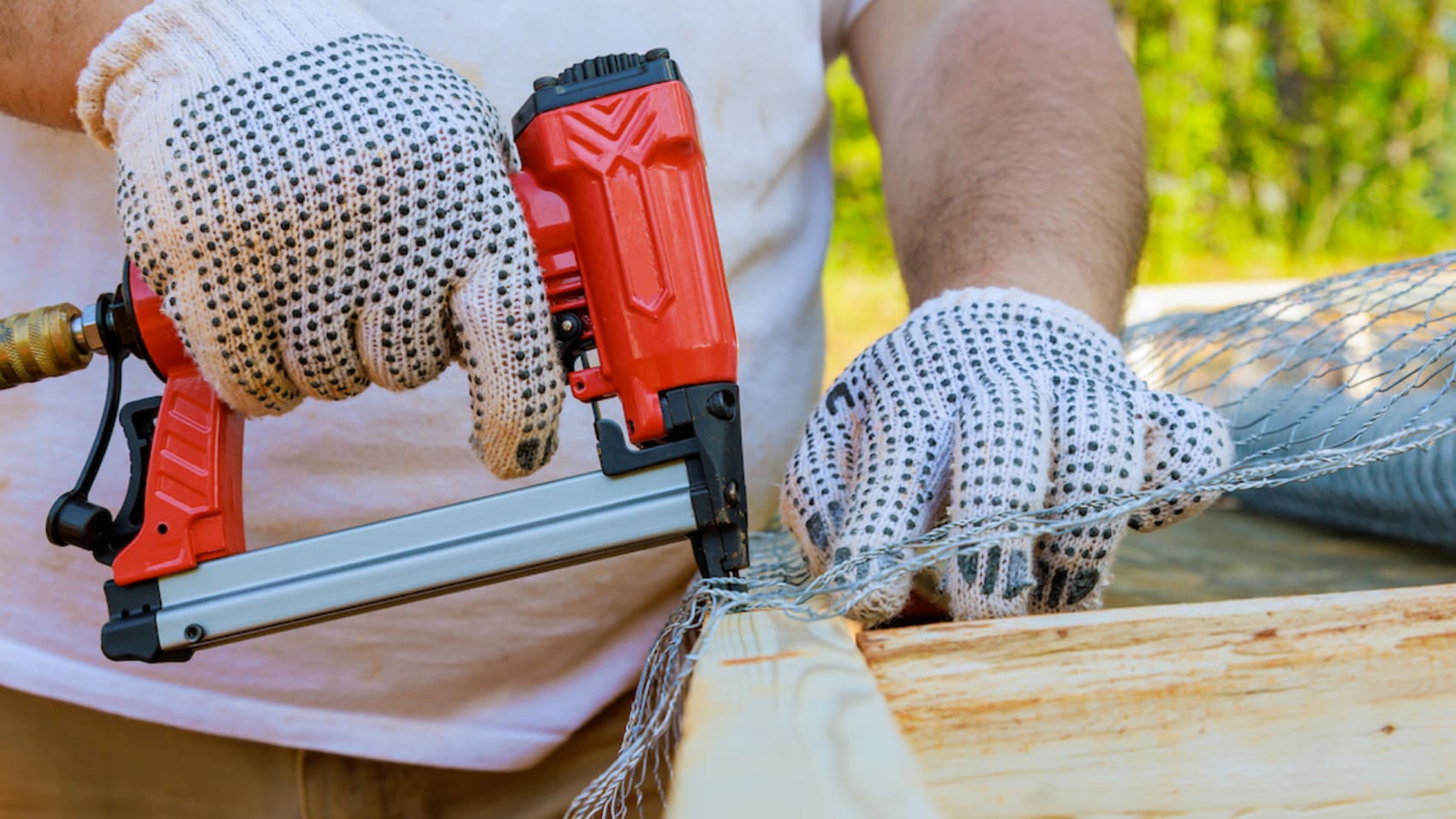Determining the Perfect Fence Designs for your Home
When it comes to selecting a fence design, there are plenty of classic options that endure the test of time. Understanding the charms and benefits of various fence styles is crucial when deciding on the right one for your property. Factors like durability, aesthetics, and privacy should all be considered in order to choose a design that complements your home or landscape. Whether you’re drawn to traditional picket fences, the elegance of wrought iron, the natural beauty of cedar, or other classic styles, it’s vital to weigh the pros and cons of each option before making a decision.
Classic Picket Fences
Charming Appeal of Picket Fences
Picket fences have a classic appeal in home design, aiding properties for generations. Whether surrounding a cozy cottage or enhancing the curb appeal of a modern home, picket fences radiate warmth and welcoming charm.
Durability and Maintence
Classic picket fence styles are not only charming but also boast long-lasting durability. Materials like cedar are commonly used in picket fence construction, and are known for their resilience, making them a lasting choice for property boundaries. Additionally, these fences require minimal maintenance if allowed to weather,, providing homeowners with a timeless aesthetic without the hassle of a lot of upkeep. You also have the option of painting or staining your picket fence to achieve a specific look.

Elegant Ornamental Iron
Elegant Ornamental Iron
Ornamental iron fencing is an elegant choice, providing a clean look. This makes it a popular choice for classic fence designs. The historical significance of ornamental iron fences adds to their enduring popularity. Graceful lines bring old-world charm to any landscape, creating a lasting impression that stands the test of time.
Customizations and Design Options
Ornamental iron fencing is versatile in design patterns, offering numerous customization options. From simple and understated, homeowners can choose from various design elements, including finials & pressed points, tailoring the fence to suit their personal style and complement your home’s architecture.

Natural Cedar Fences
Rustic Beauty of Cedar Fences
Cedar fences are renowned for their natural and rustic charm, adding appeal to any property. The warm, earthy tones and organic textures of cedar wood create a welcoming look, enhancing the outdoor surroundings. Whether used as a property boundary or to enclose a backyard space, cedar fences showcase tranquility and natural beauty.
Weather Resistance and Longevity
The durable nature of cedar wood makes it an ideal material for fence construction, especially in areas with varying weather conditions. Cedar is naturally resistant to insect infestations, ensuring the longevity of cedar fences without the need for extensive maintenance. This inherent resilience allows cedar fences to withstand the elements while retaining their appeal and structural integrity.
Hog-Wire Fences
Modern Simplicity of Hog-Wire Fences
For a contemporary and straightforward design, hog-wire fences offer a modern alternative. Characterized by their open and minimalistic look, these fences are ideal for properties where maintaining an unobstructed view is important. Hog-wire fences strike a balance between functionality and look, providing an option for those seeking a more modern approach to fencing.
Versatility and Minimal Maintenance
Hog-wire fences are versatile and require little maintenance, making them a practical choice. The open design allows for airflow and visibility, making them suitable for various outdoor spaces, especially gardens and greenbelts.

Chainlink Fences
Practicality of Chainlink Fences
Chainlink fences offer a practical and cost-effective solution for securing properties. While they may not have the ornate elegance of other classic designs, chainlink fences provide durability and functionality. These fences are ideal for properties where visibility and maintaining an open feel are essential.
Durability and Low Maintenance
Chainlink fences are known for their durability and low maintenance requirements. The galvanized steel construction ensures resistance to rust and corrosion, making them suitable for various weather conditions. Chainlink fences are a timeless choice for those prioritizing practicality and functionality without compromising on durability.
Black chainlink fences offer the same durability while absorbing light and therefore making them more visually appealing. At times disappearing into the view, black chainlink is specially great for gardens and greenbelts, or anywhere you wish to contain pets with an elevated look over the galvanized option.

Securing Privacy
Importance of Privacy in Fence Design
Privacy is a fundamental aspect of home life, and choosing the right fence design plays a significant role in ensuring the desired level of privacy. Depending on your specific needs, different fence styles can be tailored to provide varying degrees of seclusion while maintaining an attractive appearance.
Balancing Privacy and Aesthestics
Finding the balance between aesthetics and privacy is essential when selecting timeless fence designs. It’s important to choose a style that not only enhances the visual appeal of your property but also effectively secures the desired level of privacy. By integrating landscaping elements with your chosen fence design, you can create an inviting outdoor space while maintaining your privacy.
Incorporating landscaping features such as climbing vines, shrubbery, or decorative planters alongside the fence can further enhance its ability to provide privacy without compromising on visual charm. This blend of natural elements and classic fencing styles contributes to creating an outdoor space that is private, functional, and looks great.
Factors for Fence Design
Aesthetics and Home Integration
When considering fence designs, it’s essential to make the style of your fence match with the overall architecture of your home. The right fence design should seamlessly integrate with the look and character of your property, to enhance its curb appeal.
Material Selection and Durability
When exploring fence designs, material selection is important in ensuring durability and longevity. Choosing durable materials for long-lasting fences is crucial for maintaining their integrity while minimizing maintenance.
Factors to consider in selecting the right fence materials include assessing maintenance needs, understanding warranty coverage, and examining the environmental impact of different material options. By prioritizing durability alongside the look of a fence, homeowners can invest in fence designs that will last.
The charm of classic fence options are perfect for homeowners seeking both aesthetic appeal and practical functionality. The appeal of these fences outlive trends and fads, creating a lasting impression that will pass the test of time. Factors such as durability, customization options, and weather resistance contribute to the timeless nature of these classic fence choices, ensuring that they remain relevant and desirable for generations to come.
Looking to install one of these classic designs?
At Town and Country Fence, we love to chat about fence designs. We’ve been building fences in the greater Seattle area for over 60 years, and we’d love the opportunity to help you create your dream fence. Fill out this contact form or reach out directly at (425) 775-0531 to schedule your free in-person consultation.
